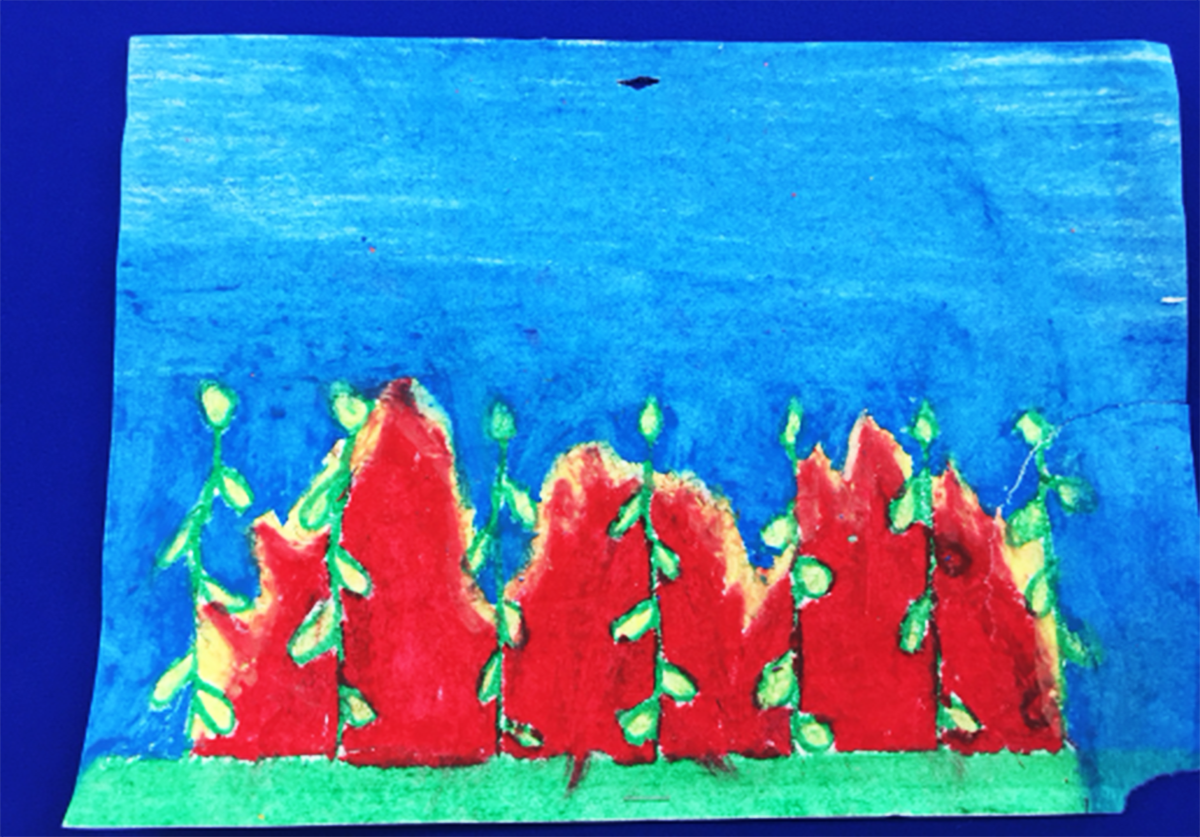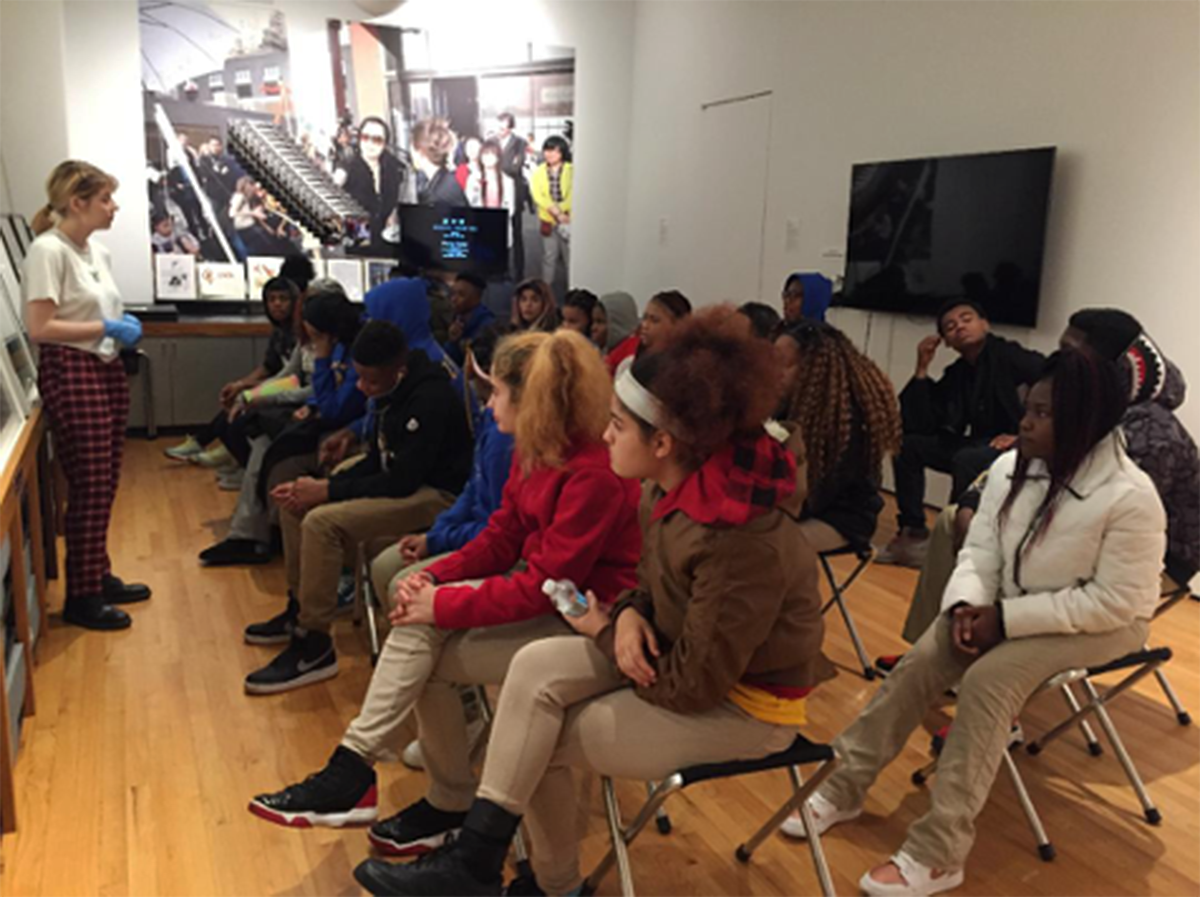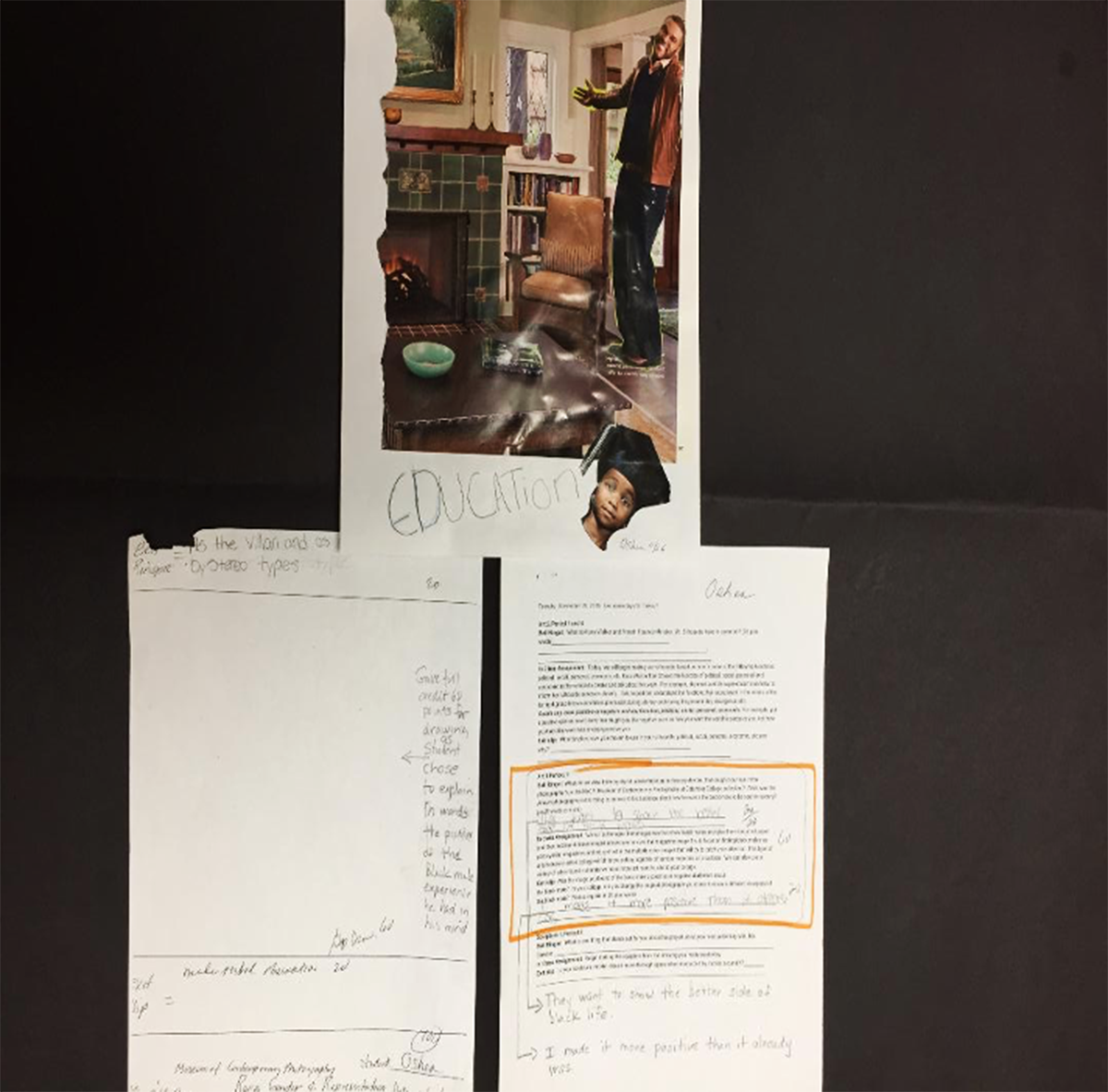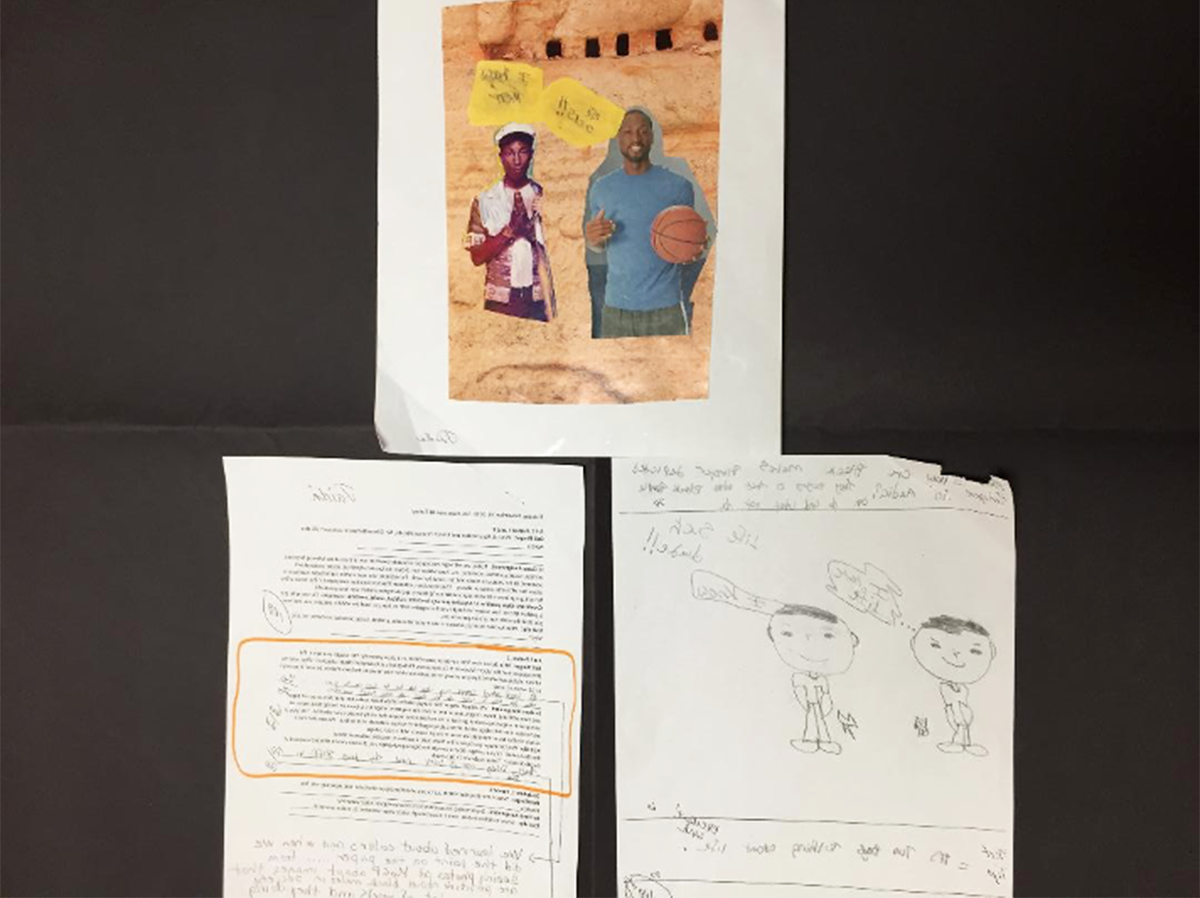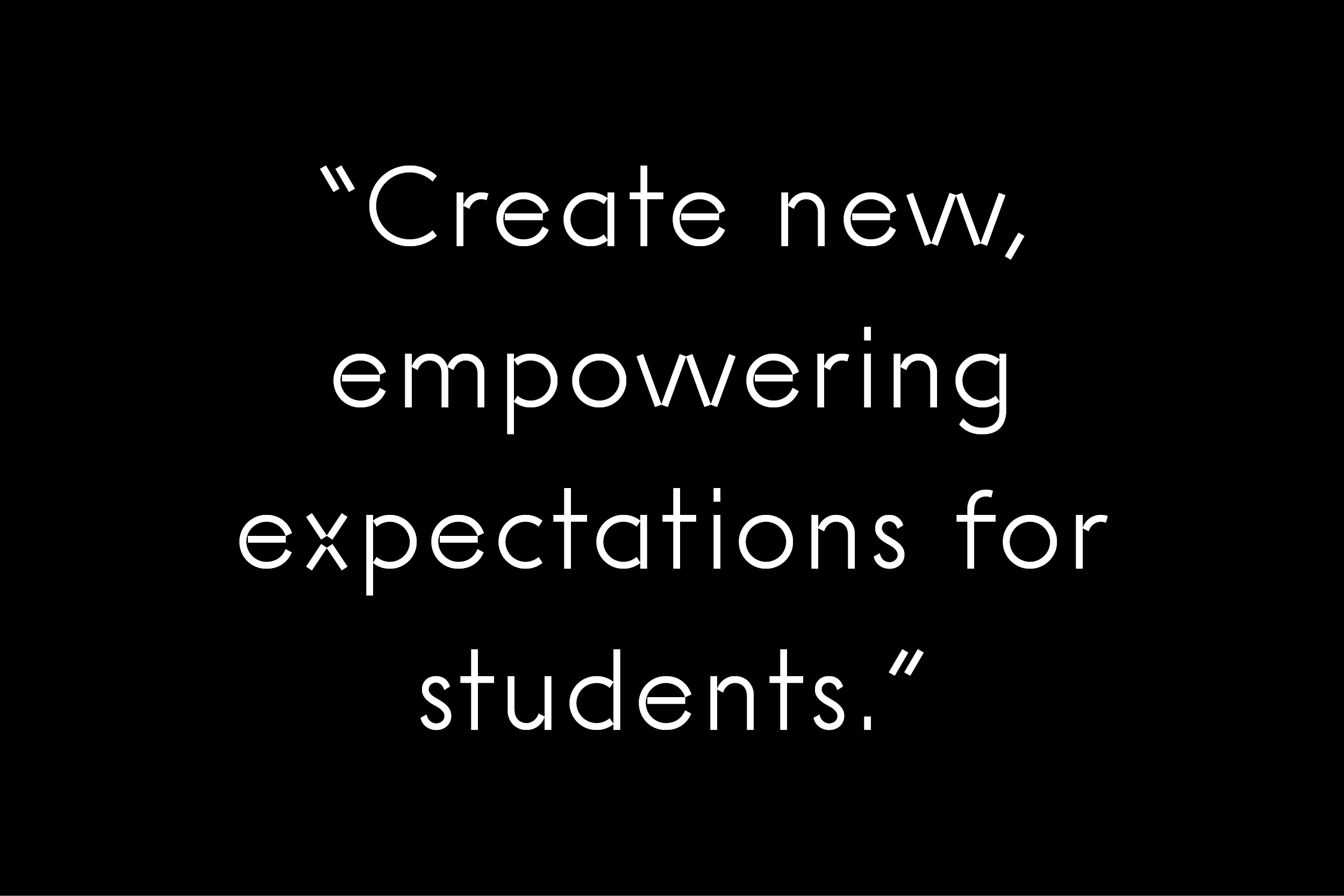
Dear Future Educators,
This project was about helping my students find their own identity through the visual arts. The basic question was one of Epistemology. Epistemology is the theory of knowledge, especially with regard to its methods, validity, and scope. It is the investigation of what distinguishes justified belief from opinion.
My students worked to define their own epistemology through making and responding to visual artworks. As they did so, they considered how they view themselves and examined these perceptions in relation to their African American heritage. We investigated the difference between their beliefs of themselves and those held by others.
My hope was to challenge my students as they developed their understanding of where they come from, who they are, and where they are headed as individuals. Our investigation started with questions of privilege: What does privilege mean? When and how do we know we have it? When and how do we know we don’t have it? Why do white people automatically receive privileges that people of color do not? I joined my students in considering these questions, reflecting on my own privileges and life experiences.
Process
We embarked on a series of lessons created in conjunction with field trips to the Museum of Contemporary Art, Chicago and the Museum of Contemporary Photography. During these trips, students learned about the work of contemporary African American Artists addressing institutional racism in their work, including Virgil Abloh, Arthur Jafa, Kara Walker, Sonya Clark, and Carrie Mae Weems. After viewing Arthur Jafa’s powerful video, Love Is The Message, The Message Is Death, students reflected on how his work related to their own experiences. My student Zayquan stated, “It reminds me of what it feels like to be Black in America for me, my family, and friends . . . like the things that make us happy and sad . . . like a collage of all our experiences in a 7-minute film.”
Motivated by Jafa’s use of popular culture, we used music as inspiration for students to create mixed media artworks based on their experience as a Black youth living in Chicago. Themes that emerged included normalcy, depression, friendship, loyalty, love, independence, and authority. Students continued conversations around these topics and conducted peer interviews based on them. After asking each other questions, students designed tattoos for one another based on what they had learned about each other. These conversations and gestures helped students to gain meaningful understanding of their personal histories.
As we continued to unravel students’ understanding of their identities, we started to explore how we depict ourselves. Students created images depicting their discovery of their identities as they considered how they viewed themselves and their futures. Building from our investigation of contemporary African American artists whose works depict their personal lives and cultural experiences, students were asked to create collages in which Black men and women were the central characters. These works represented a wide range of experiences, from one student showing his successful life after college to another depicting two Black males lamenting their future prospects. The range of responses helped students grasp the complexities and differences in their self-understanding.
Conclusion
This work is so important for our students to develop insight of their potential for reshaping and expanding their beliefs as well as for understanding themselves. Likewise, field trips to cultural institutions that hold work reflecting the complexities of the Black experience can help create new, empowering expectations for students.
Now that the students have questioned how we view ourselves, the next step is for students to more closely investigate how others view them. A conversation I had with a fireman regarding his perceptions of the neighbors he services continues to inform my desire to extend this project. We anticipate developing a collaboration between my students and the Chicago Fire Department fire house located at Lake Street and Waller Street. Students will make a list of questions for the fire house staff around perceptions they have of the youth in the neighborhood and will then create an artistic response to their answers. My hope is that the students and firehouse staff can find a common ground for communication that will reveal similarities and reframe preconceived notions about one another.
—Anne
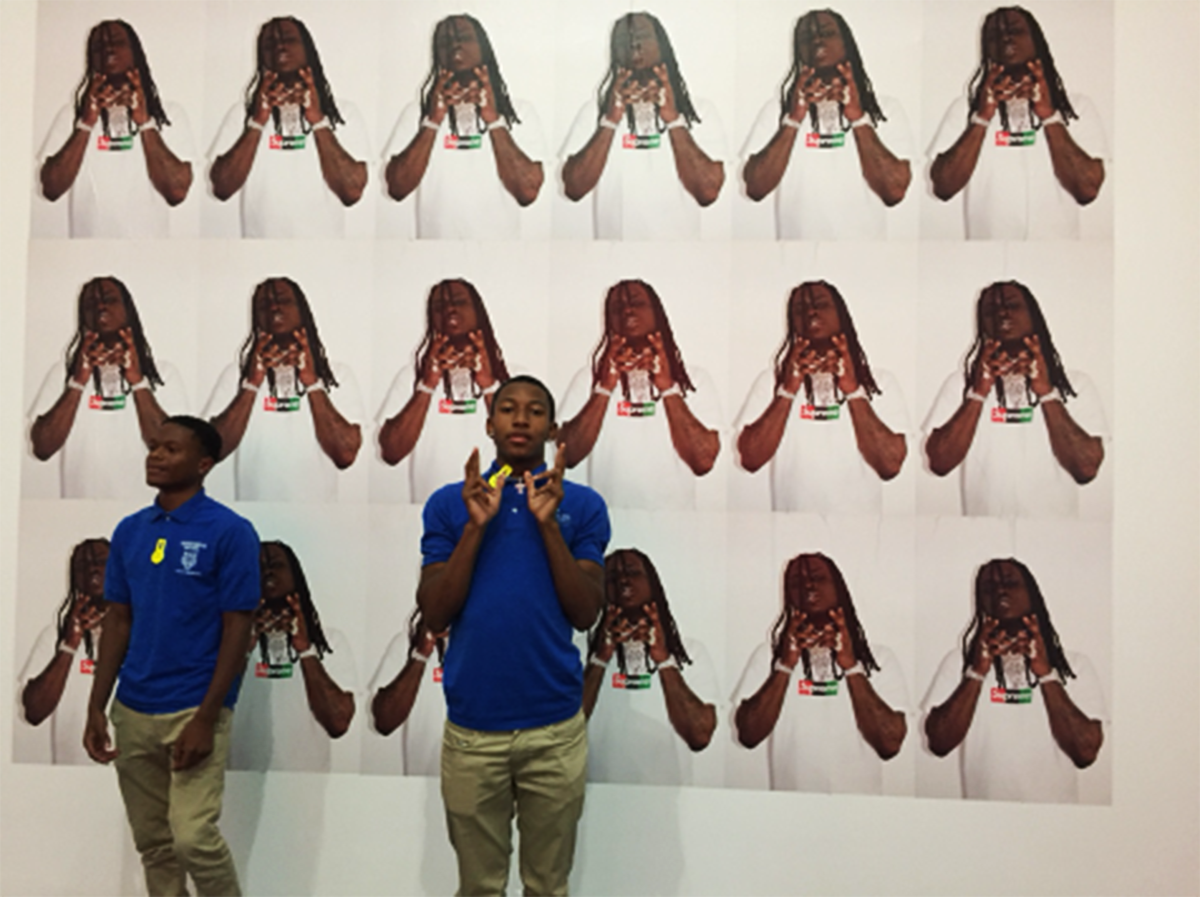
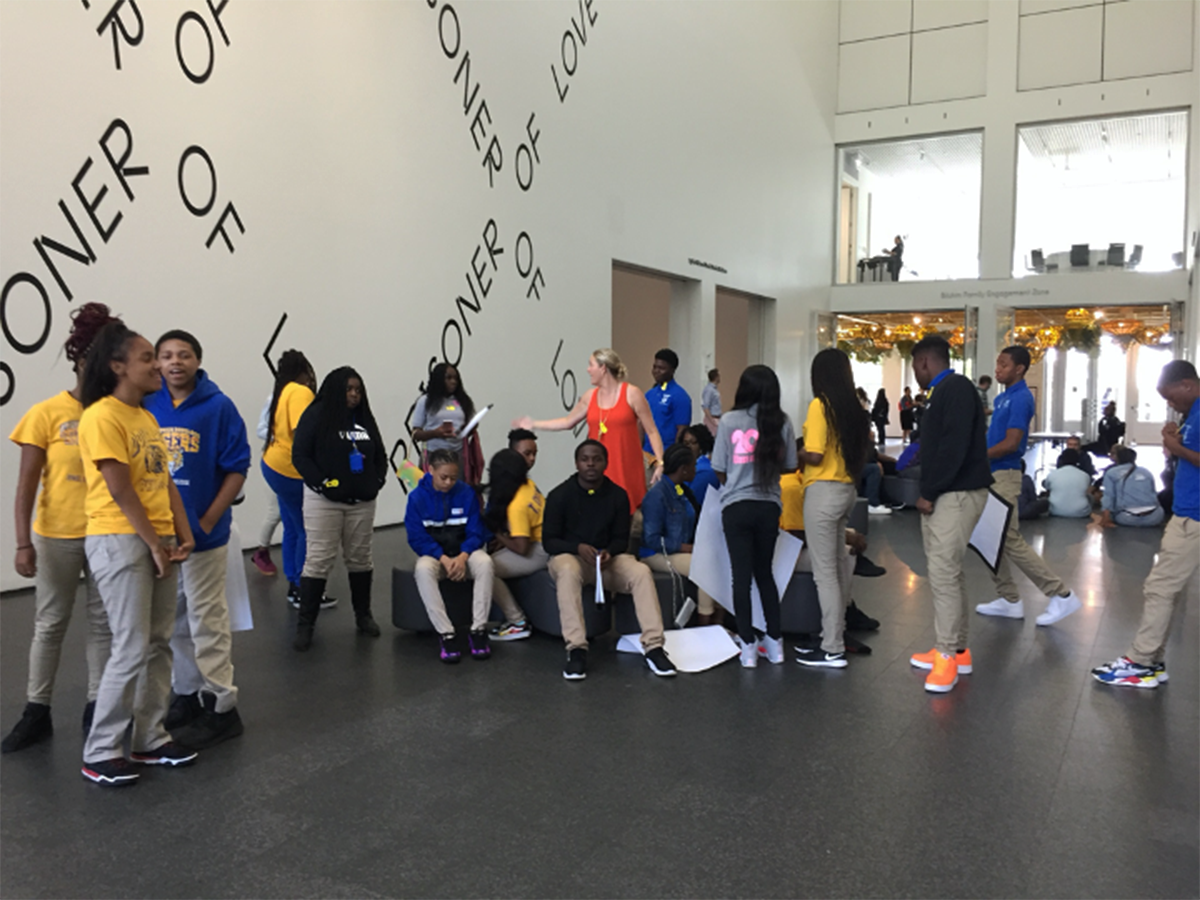
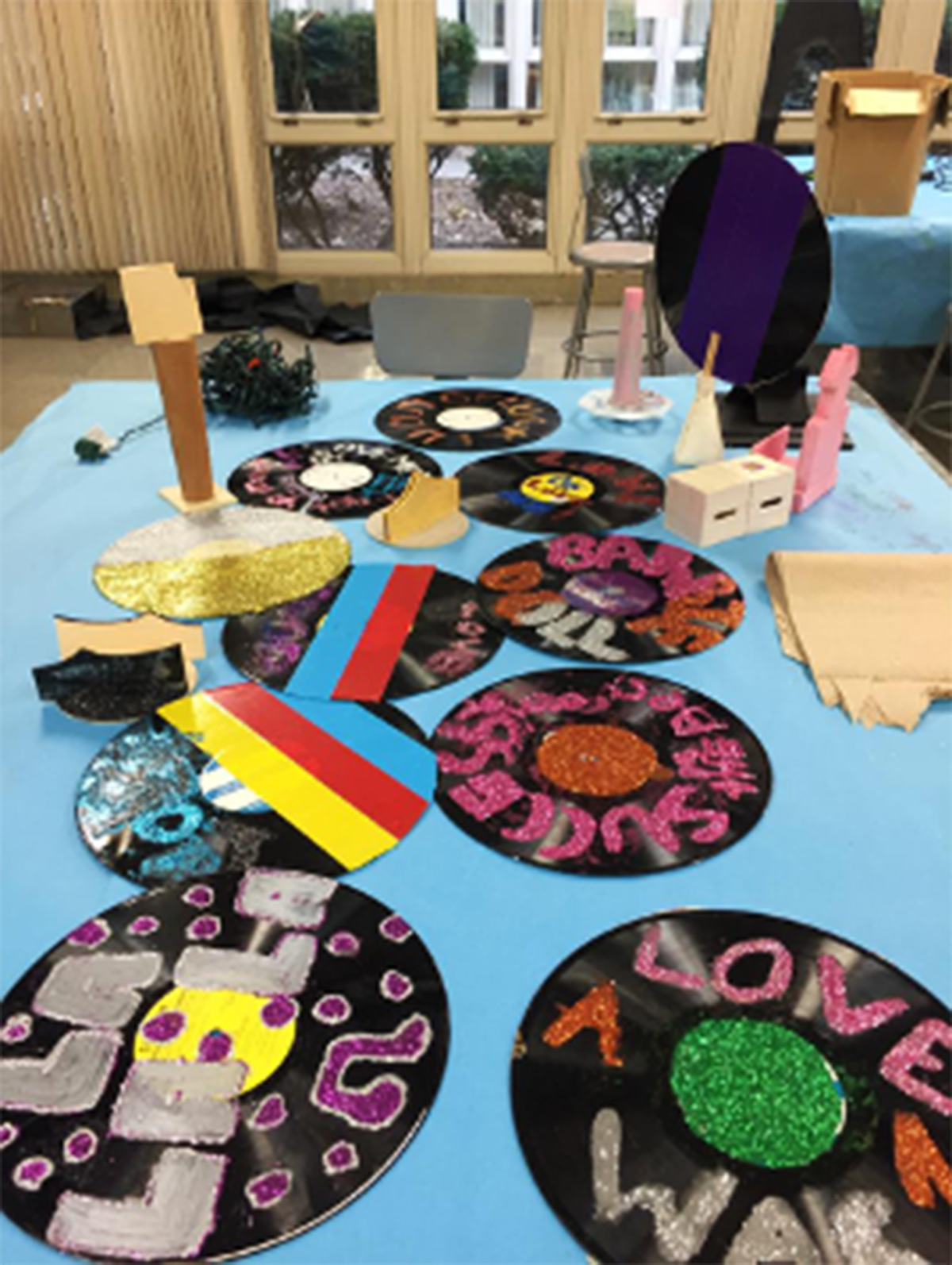
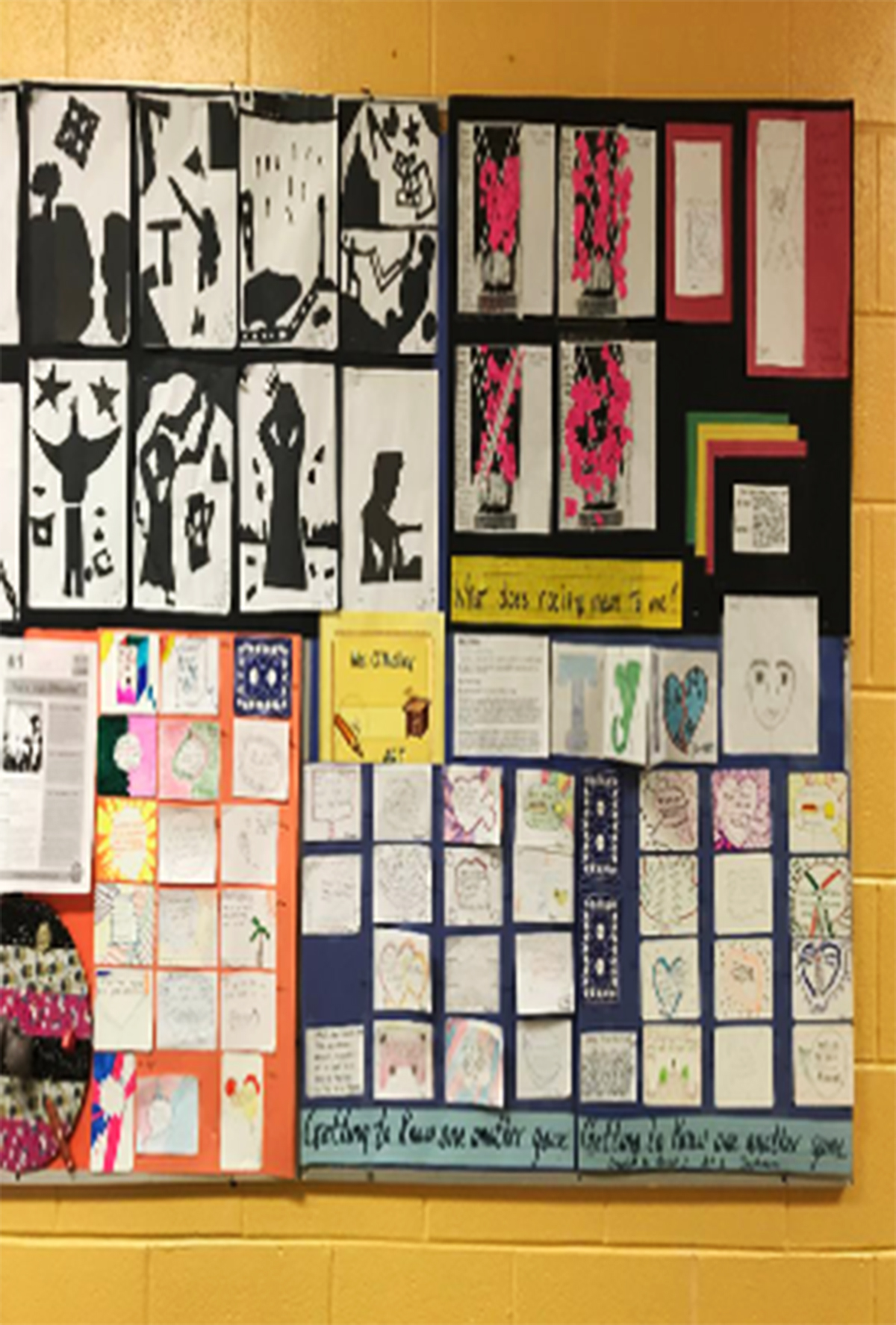
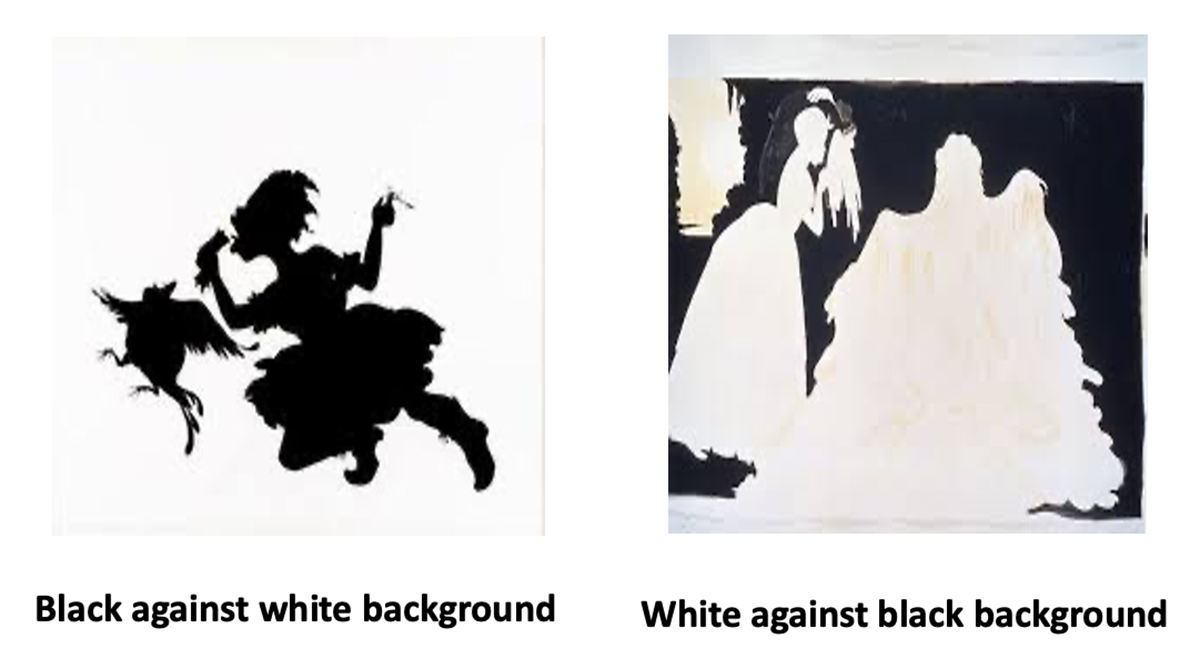
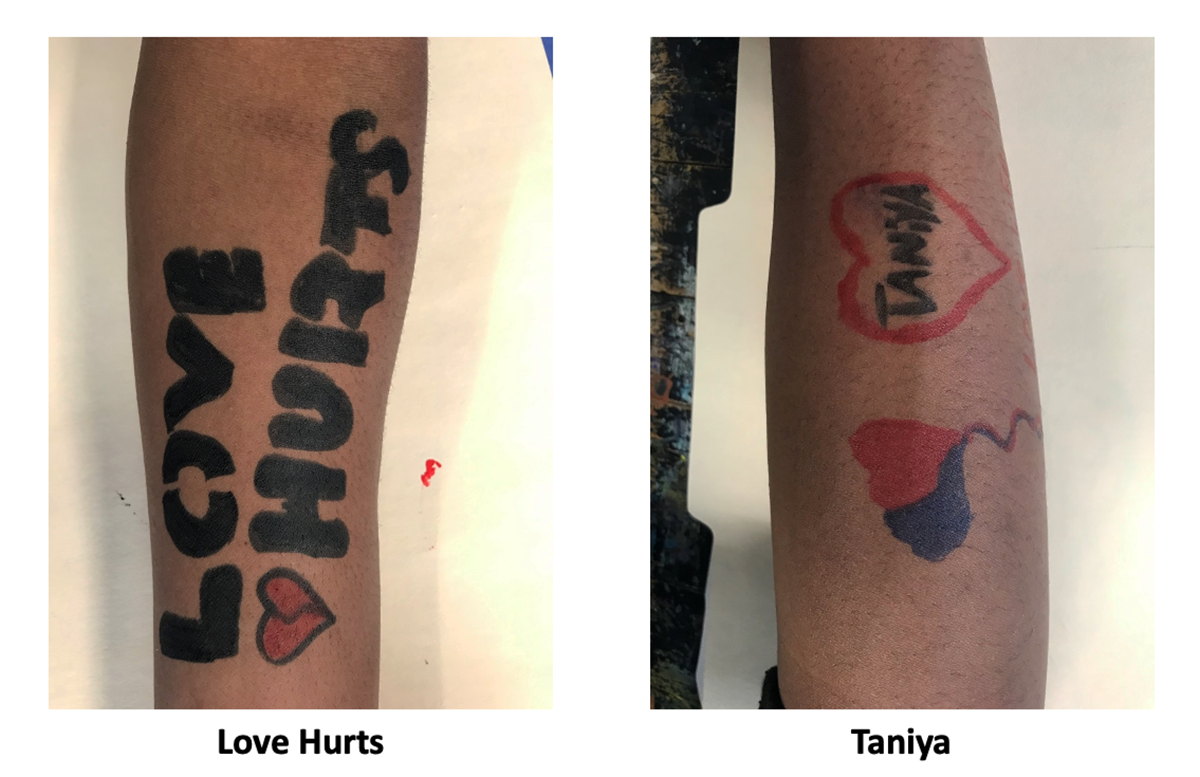
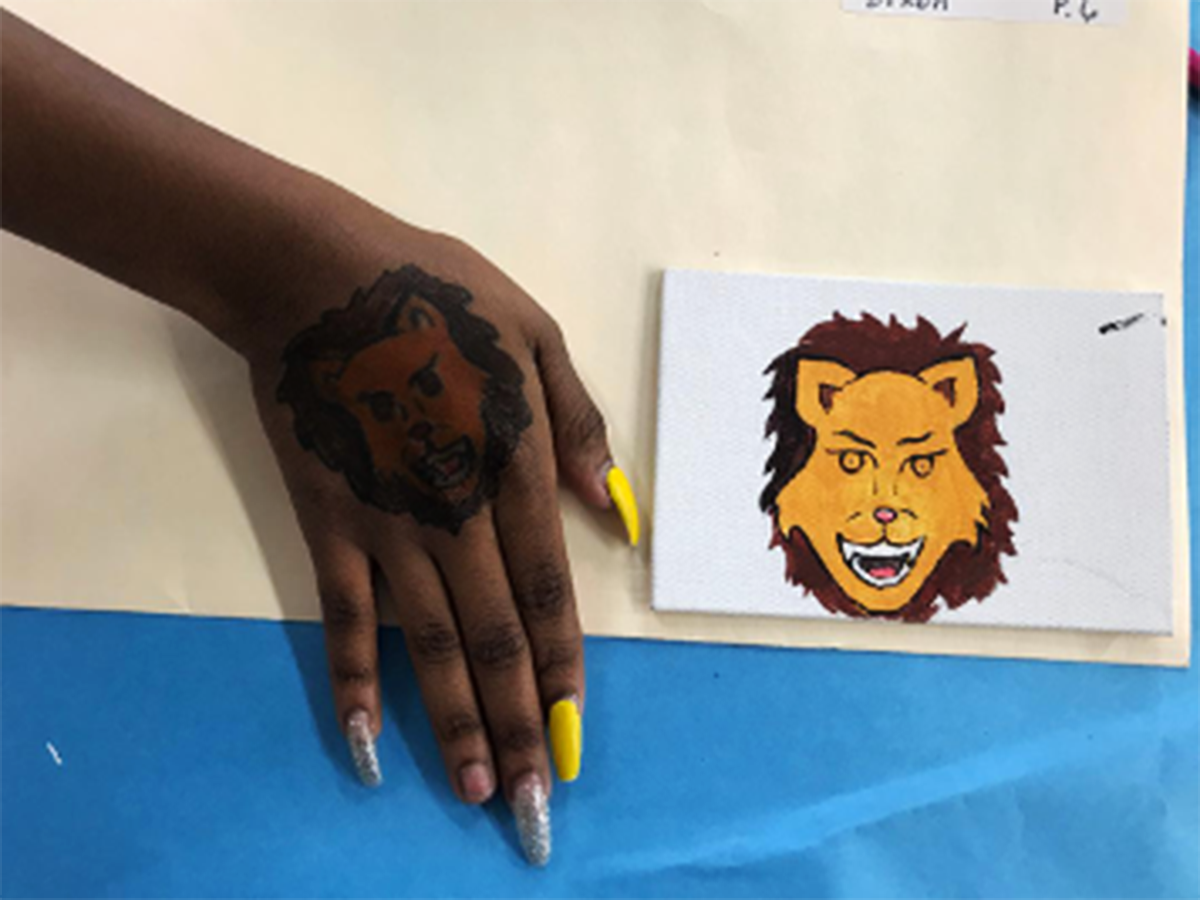
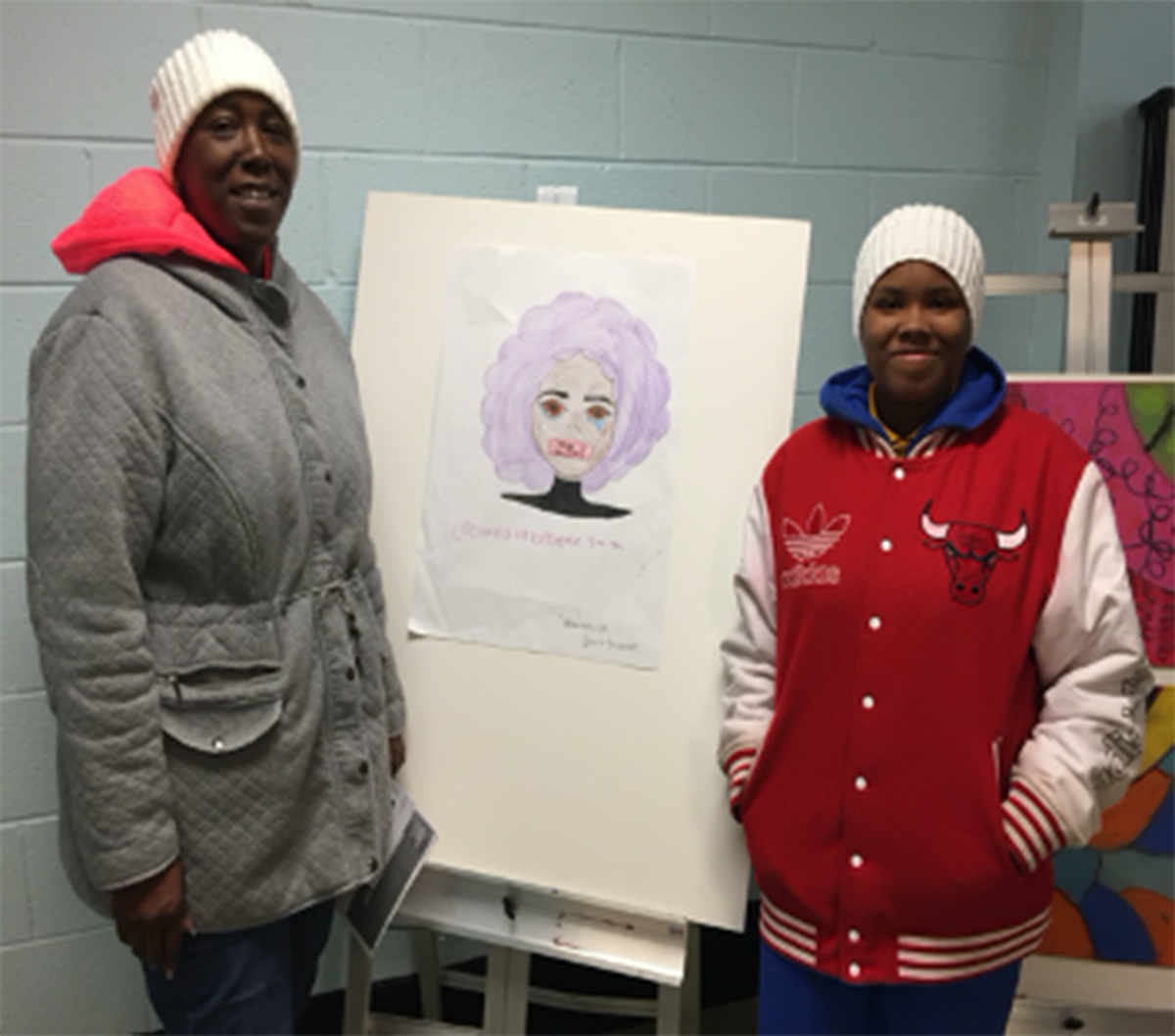
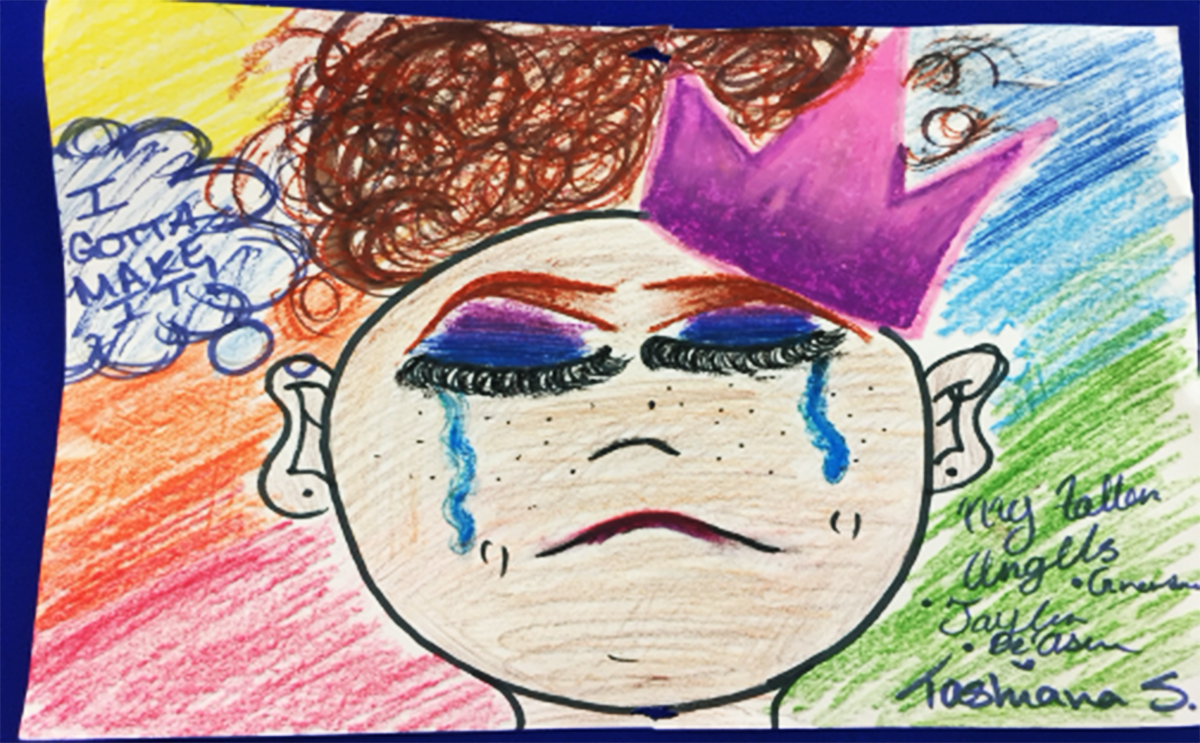
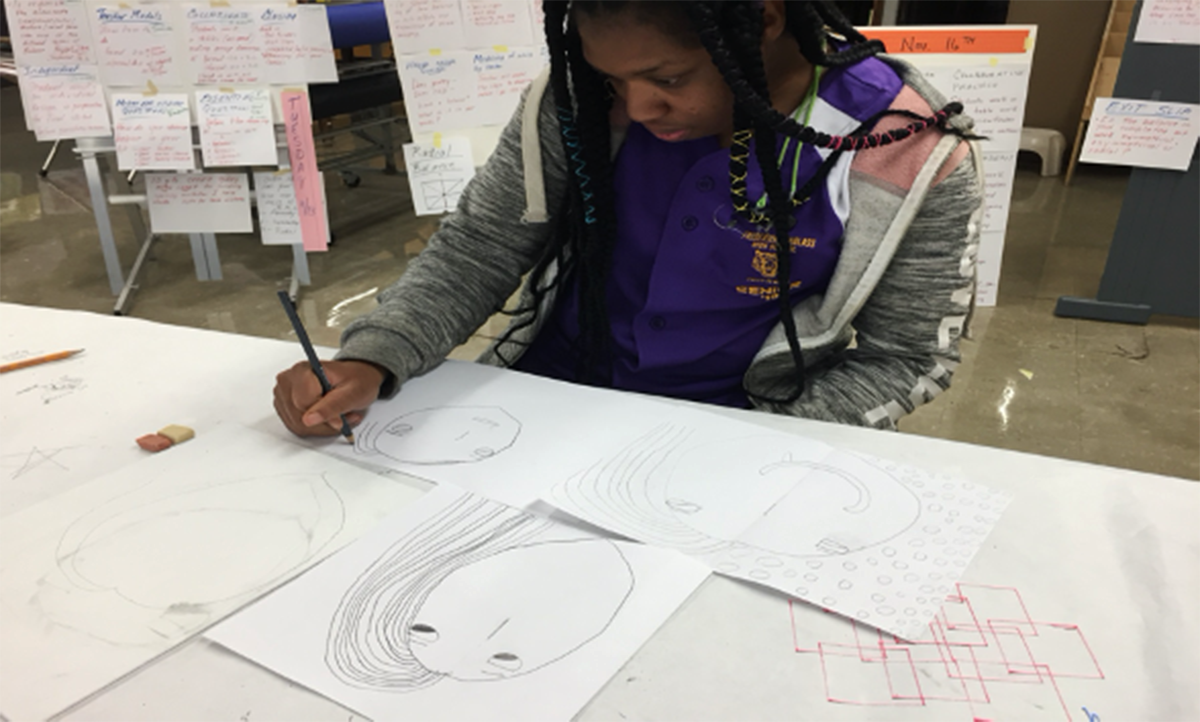
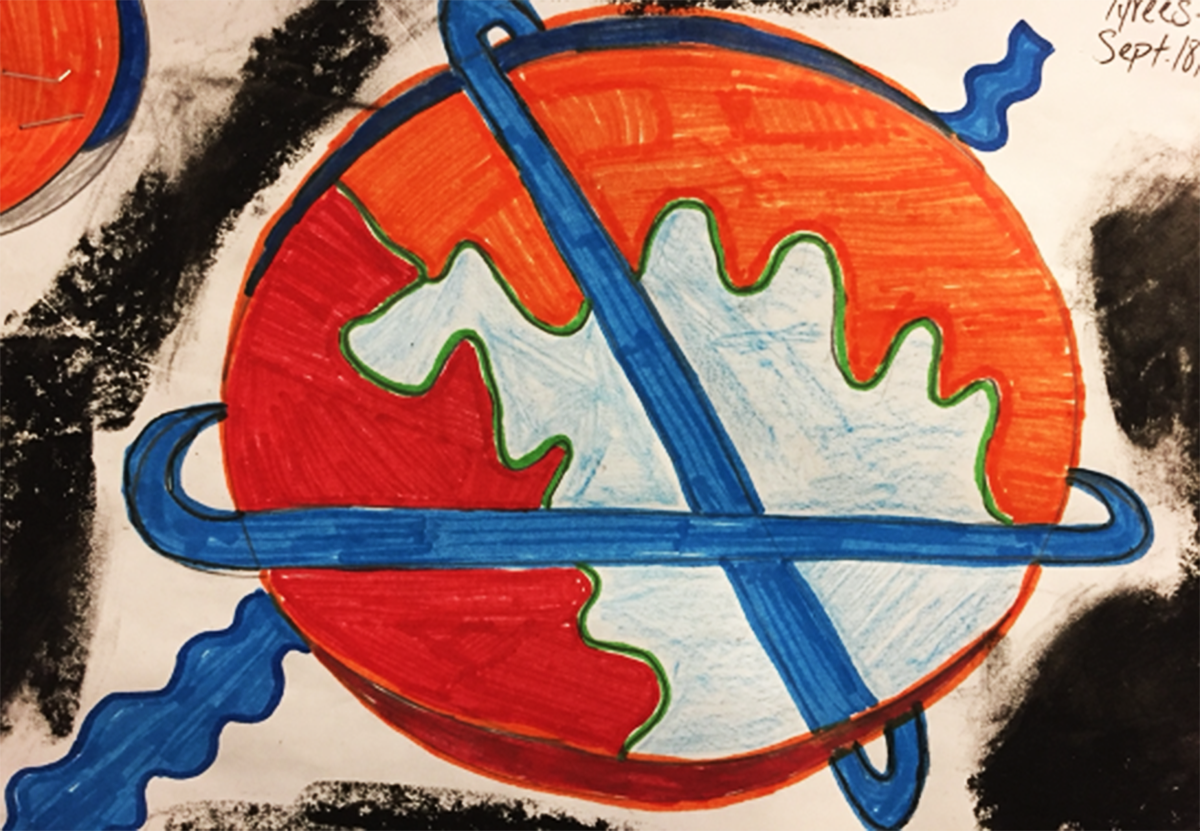
TATTOOS FOR ONE ANOTHER
Invite students to discuss their experiences living in Chicago, one-on-one. After these discussions, make time for students to process the motifs and themes of one another’s stories. Then, they can design tattoos for one another based on their unique experiences.
Anne O'Malley
Frederick Douglass High School
Anne O’Malley was born on the west side of Chicago in the Austin District into a family of first-generation Irish Catholics as child number 5 of 10. She attended Catholic schools kindergarten through College, where she graduated from DePaul University with a Bachelor of Arts in Education and Visual Art. She went on to get a Master of Art in Sculpture from the University of Illinois’ at Chicago Circle, and then returned to De Paul to complete a Master of Science Degree in Secondary Education. She also completed a Math certification Program at the University of Chicago to teach secondary math. Anne has taught out of country in Negril, Jamaica with the founding of her schools, Whole Child Harmony, teaching art integration into the curriculum. She served in the Peace Corps in the Dominican Republic as a parent-school liaison, creating PTAs/parent Teacher Associations.
Anne returned the South Austin Neighborhood where she grew up to teach Art at Frederick Douglass High School. She is committed to the students there as well as her own two adopted children to help them discover their own epistemology through the aesthetic process. The students she teaches and her own children are African American. Her hope is that the process offered by the creative process can help them create an individual aesthetic of their life that they don’t allow to be measured by those that hold privilege over them under any circumstance(s). "My desire is to find the tools to implement lesson planning that will help my students and children to assess their own definition of beauty as it applies to their life."
